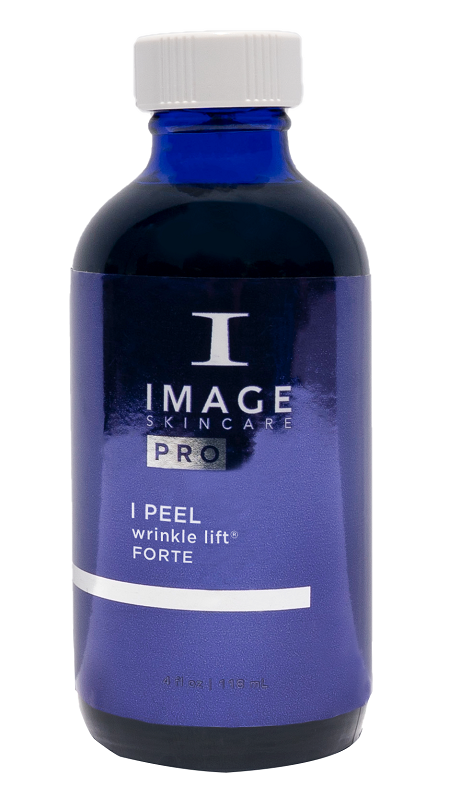Peels and facials can both work wonders for skin. They are basically treatments to either improve skin or keep it looking its best. Peels and facials can be done regularly, under the supervision of estheticians or dermatologists, as maintenance treatments that target specific skin issues. Common skin concerns like discoloration, acne, and dehydration can all be addressed with these treatments.
What Is the Difference Between a Facial and a Peel?
Facials and peels are both effective and popular skincare treatments. The difference lies in the problem areas they target, the respective price tags, and their availability. Facials are typically more popular because they tend to be less “invasive.” A basic facial involves a thorough cleansing of the skin, extractions of blackheads if applicable, and the application of certain hydrating products, like creams and serums. A peel, on the other hand, involves removing the outer layer of the skin and targeting specific problems like discoloration, scarring, dullness, and acne. You can have a basic facial more regularly than a peel in part because it doesn’t remove any layers of skin and is typically more gentle.
How Often Can You Have a Facial or a Peel?
A basic, gentle facial involving cleansing and extractions can be done weekly. However, it depends on your skin type and its sensitivity. Your professional esthetician will recommend a regimen that won’t have any adverse effects.
A peel should be done far less often. Having a peel too often can sensitize skin and defeat the peel’s purpose. Again, your esthetician or dermatologist will be able to advise on when it’s best to have a peel.
What Are the Benefits of a Facial and Peel?
There are a variety of benefits to getting regular facials. If your skin is acne-prone, a regular facial can help reduce the number of lesions. With extractions, blackheads on your nose, forehead, and chin are manually removed so that skin looks smoother and pores look smaller. Immediately following a thorough facial, skin will look brighter and healthier as well. When you get facials regularly, you can also enjoy benefits like a more hydrated complexion as well as the improvement of common skin concerns like uneven skin tone, dullness, and dehydration.
Getting a peel once or twice a year, depending on your needs, has a multitude of benefits. Chemical peels will typically target a particular skin concern and attack it more directly than a basic facial. Fine lines, acne, rough texture, dullness, discoloration or hyperpigmentation are all common reasons for getting a peel. When the outer layer of your skin is removed, it allows the healthier, brighter, more younger-looking skin underneath to emerge. A peel is basically the exfoliation of skin with certain acids that remove the damaged skin cells of the outer layer.
Skin then heals uniformly to look better and healthier. You can also usually see results right away after a peel. Although additional treatments may be needed, even one peel treatment can bring about quite amazing results.
What Type of Peel Is Right for You?
The type of treatment administered will depend on your skin type, concern, Fitzpatrick type, and skincare habits.
For rough texture, dehydration, and redness, choose the Signature FaceLift, Ormedic Lift, O2 Lift. A customized treatment developed with your esthetician will help deliver the best results.
For breakouts and blackheads, try the Ormedic Lift, Acne Lift, and Advanced BHA Lift. These peels help unclog pores faster than other methods.



For fine lines, wrinkles, hyperpigmentation, and unevenness, opt for Wrinkle Lift, Lightning Lift, and Perfection Lift.



Written by Jennifer Kogon

